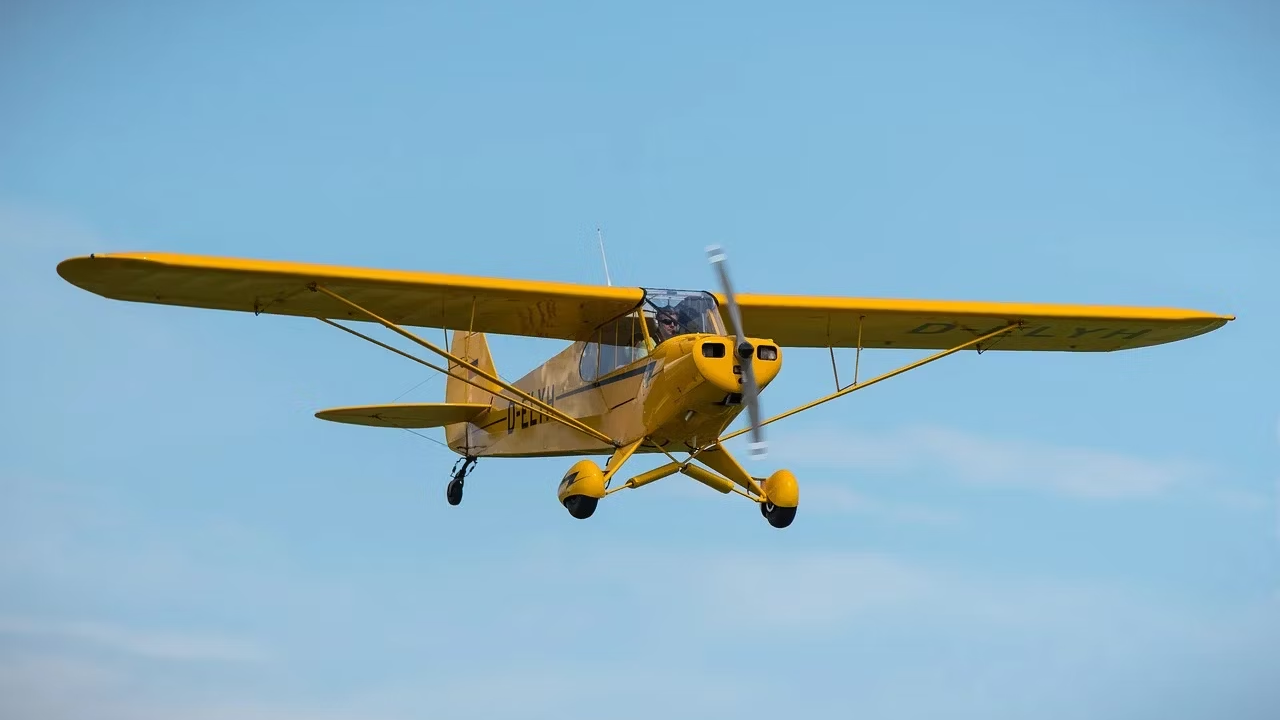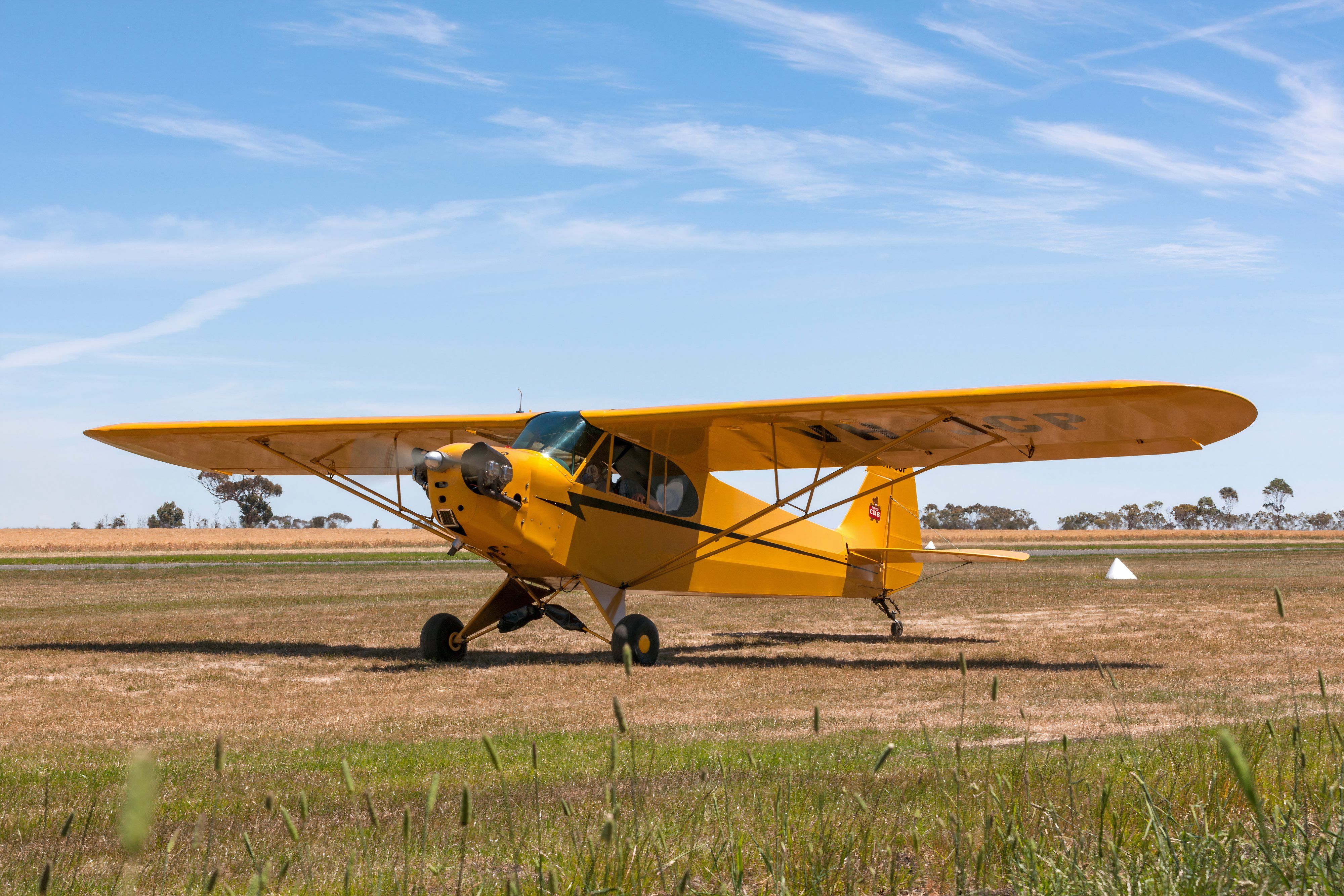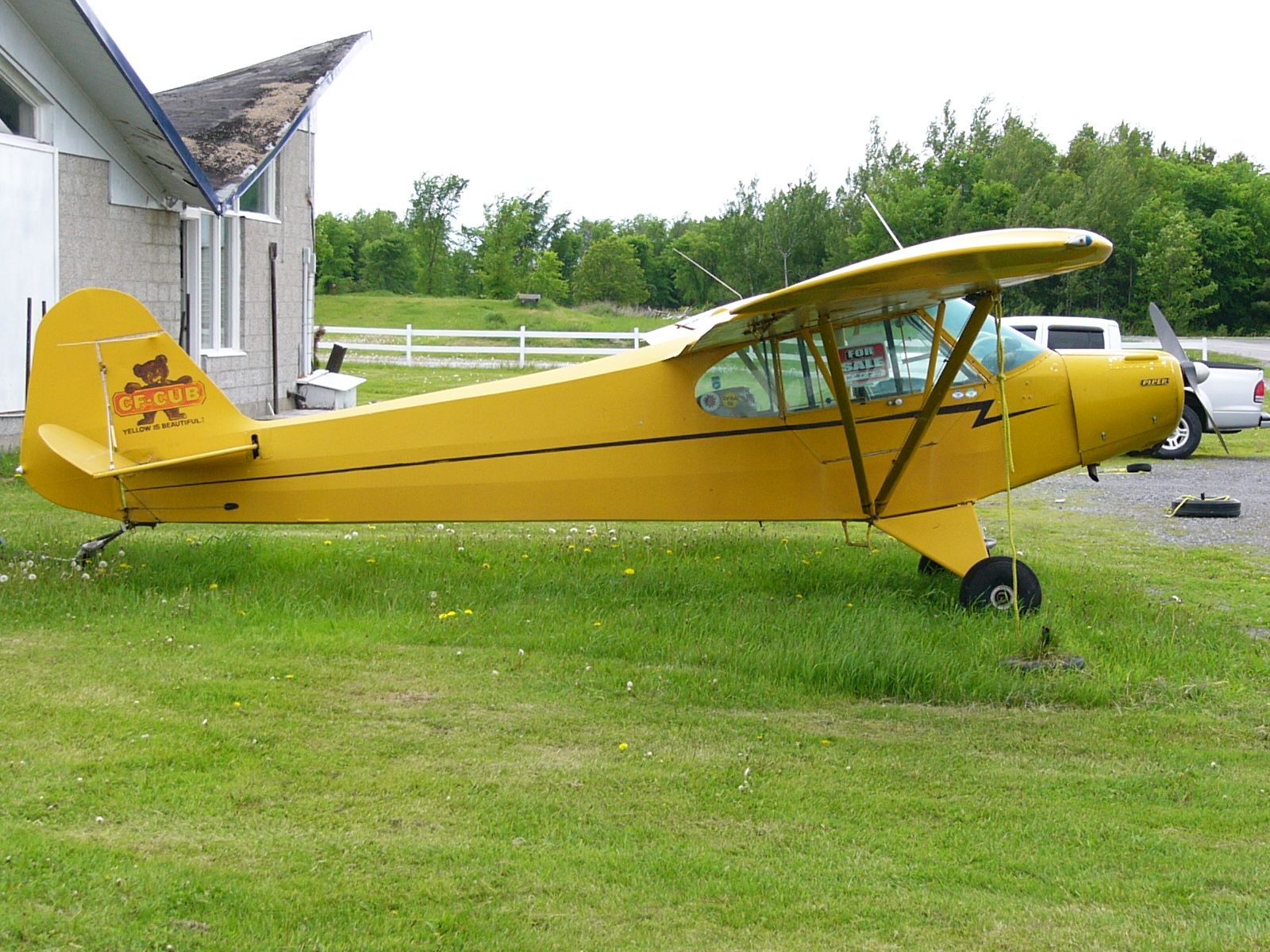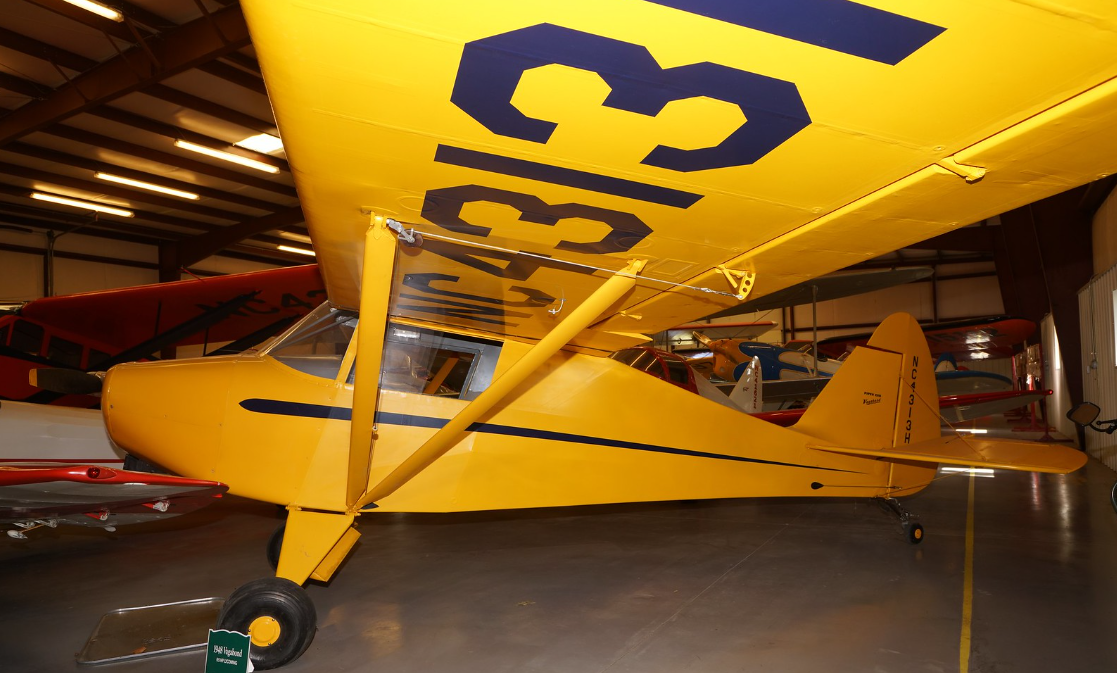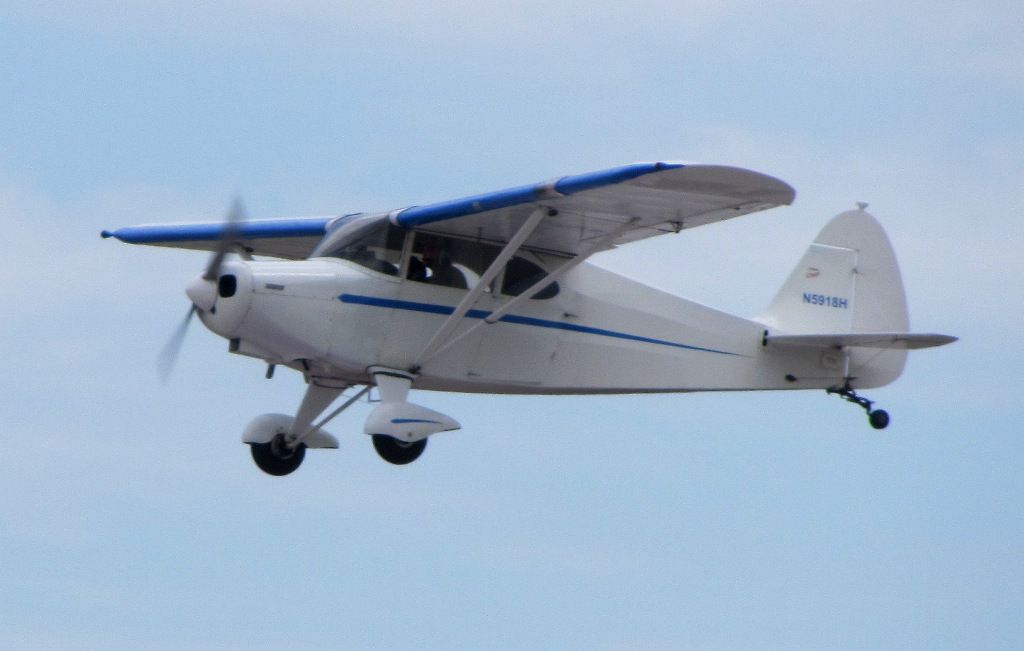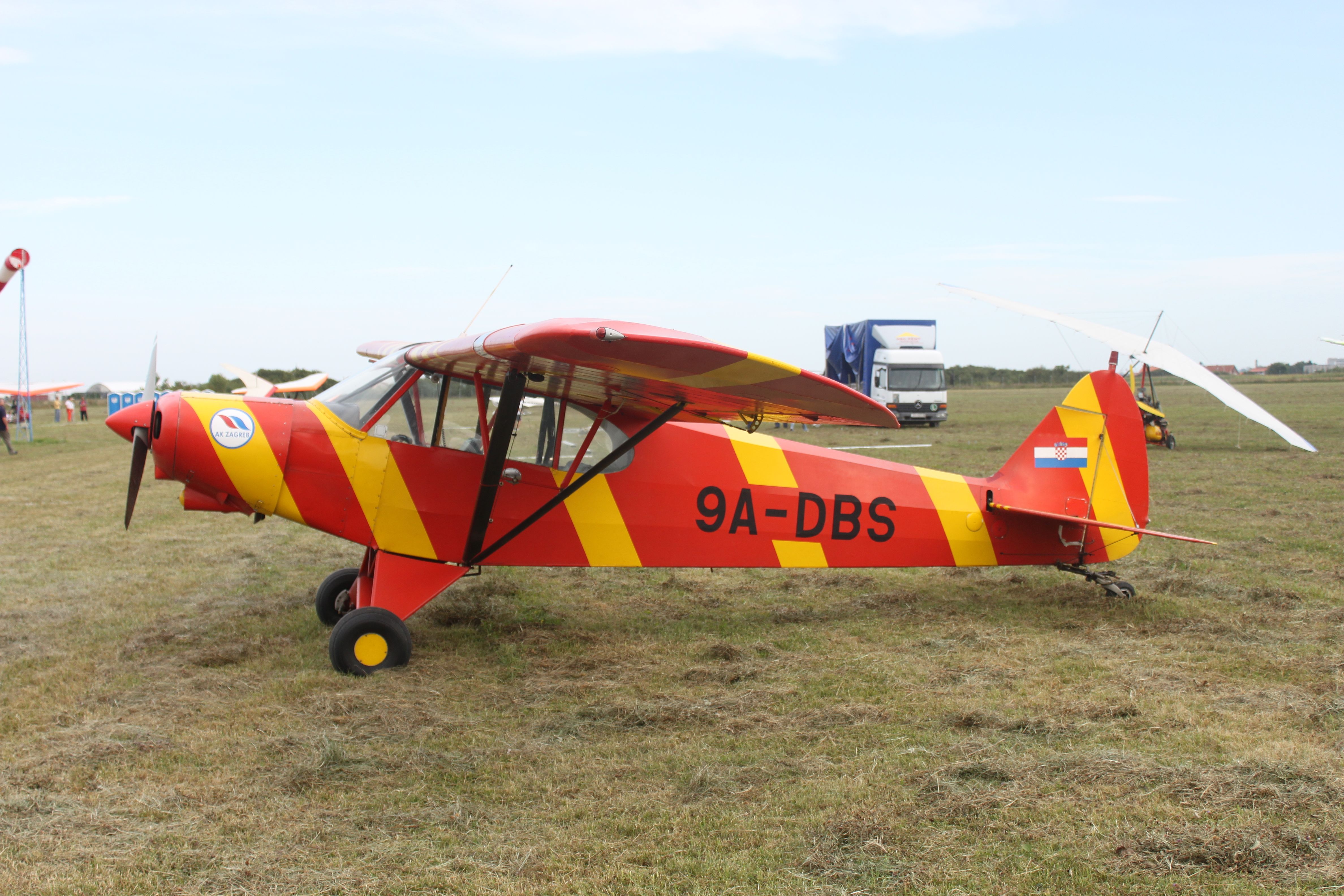Summary
- The Piper J-3 Cub, known for its iconic yellow paint, was the most produced model in the Piper Cub family with excellent handling characteristics.
- The Piper PA-11 Cub Special improved on the J-3 Cub with an enclosed cabin and enhanced design changes for more comfort and visibility.
- The PA-15 Vagabond brought side-by-side seating to the Cub series, offering a more comfortable flying experience while maintaining simplicity and reliability.
The Piper Cub family is one of the most iconic and beloved aircraft in aviation history. These light, versatile planes have captured the hearts of pilots for decades, serving in various roles from personal recreation to military operations. Here’s a detailed look at five notable models in the Piper Cub lineup.
1
Piper J-3 Cub
The most-produced model
The Piper J-3 Cub is the most famous variant among the Piper Cub family, with close to 20,000 units built between 1938 and 1947 – so much so that the J-3 Cub became somewhat of a symbol of American general aviation. The aircraft is easily recognizable by its bright yellow paint and tandem seating arrangement, which offers excellent visibility for both the pilot and the passenger.
Photo: Ryan Fletcher | Shutterstock
Known for its simple design and excellent handling characteristics, it has been used extensively for flight training and recreational purposes. In World War II, the J-3 was deployed as a reconnaissance aircraft, air ambulance, and supply transport plane, per Piper.
|
Specification |
Details |
|
Maximum Speed |
76 kts (85 mph / 137 km/h) |
|
Range |
191 nmi (220 miles / 354 km) |
|
Capacity |
1 crew, 1 passenger |
The J-3 Cub’s simplicity and ease of maintenance made it popular among both novice and experienced pilots. Its high-wing design provided stability, making it a joy to fly. Its lightweight construction allowed it to operate from short and unpaved runways, which expanded its versatility. The J-3 Cub’s enduring legacy can be seen in the many flying clubs and museums that still celebrate this classic aircraft.
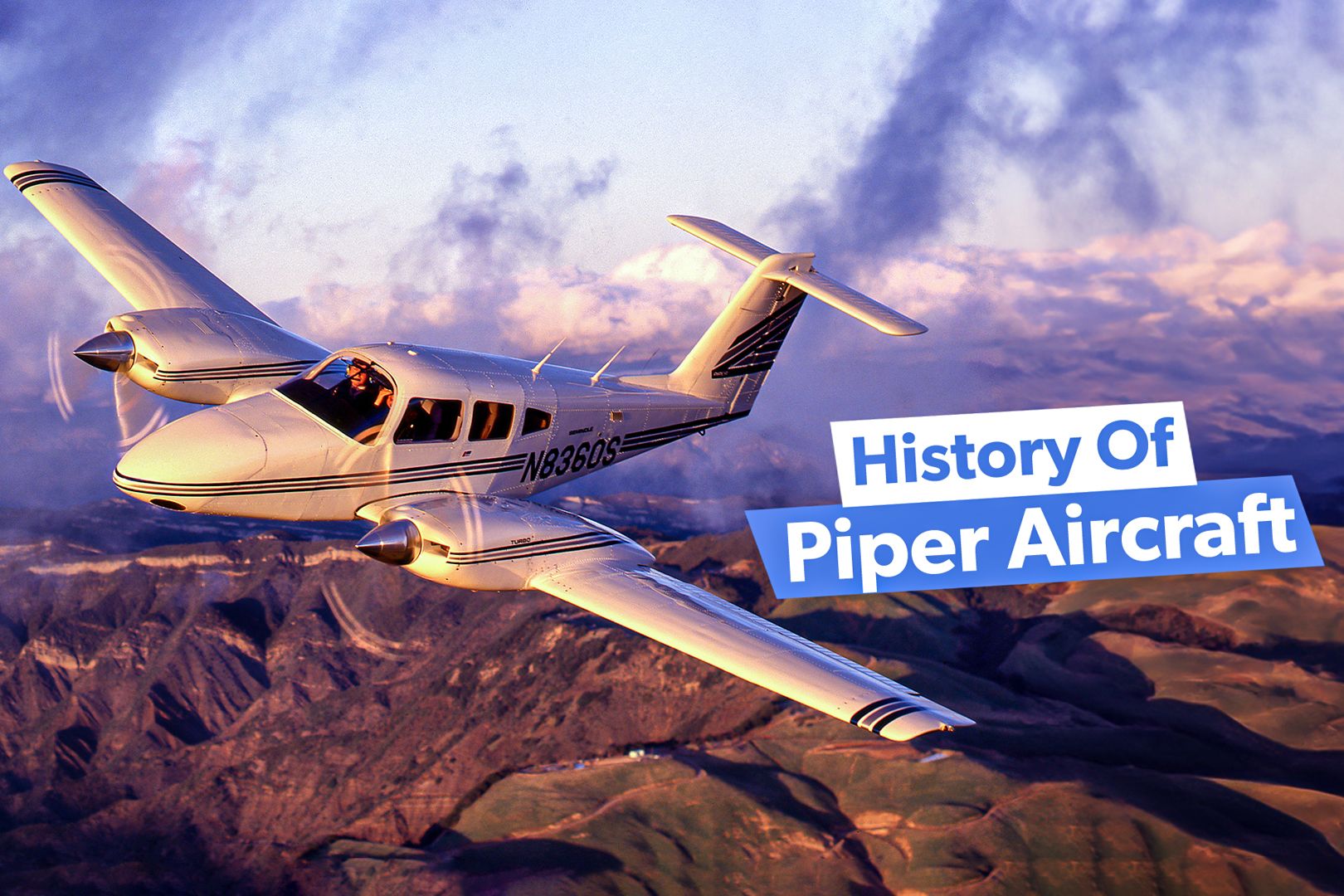
Related
A Look At The History Of Piper Aircraft
The company was initially founded nearly 100 years ago.
2
Piper PA-11 Cub Special
Improved with an enclosed cabin
The Piper PA-11 Cub Special is an improved version of the J-3 Cub, which first took to the skies in 1947. The PA-11 featured a few enhancements over its predecessor, such as an enclosed cabin (the J-3 had an open cabin) and fully enclosed engine cowling.
The PA-11 also incorporated design changes that improved pilot comfort and visibility – including seats that were slightly pushed backwards and a windshield with a shallower slope – making it a more practical choice for longer flights.
|
Specification |
Details |
|
Maximum Speed |
97 kts (112 mph / 181 km/h) |
|
Range |
300 nmi (360 miles / 567 km) |
|
Capacity |
1 crew, 1 passenger |
According to Flying Magazine, the aircraft maintained the beloved design of the J-3 while offering more efficiency. The PA-11’s increased power and performance made it more versatile, allowing it to take on a wider range of missions.
3
Piper PA-15 Vagabond
Introducing side-by-side seating
The Piper PA-15 Vagabond, introduced in 1948, marked a departure from the traditional tandem seating of the Cub series, offering side-by-side seating instead. As such, while it doesn’t bear the “Cub” name, the Vagabond is commonly known as the side-by-side version of the J-3 Cub, as stated by Fly Museum.
This change aimed to provide more comfort and a better social flying experience. Additionally, the Vagabond was designed as a more affordable and accessible aircraft for post-World War II aviation enthusiasts.
|
Specification |
Details |
|
Maximum Speed |
87 kts (100 mph / 160 km/h) |
|
Range |
300 miles (483 km) |
|
Capacity |
1 crew, 1 passenger |
The Vagabond’s seating and slightly larger cabin made it a popular choice for pilots looking for a more comfortable flying experience without sacrificing the simplicity and reliability that the Cub series was known for. Despite its simple design, the Vagabond proved to be a durable and dependable aircraft, often used for both recreational flying and short-distance travel.
4
Piper PA-16 Clipper
A new and improved Vagabond
A year after the introduction of the Vagabond, Piper unveiled the Piper PA-16 Clipper, designed to offer more capacity and power than its predecessors. It featured a more powerful engine and an extended cabin, capable of accommodating up to four people.
The Clipper was intended to fill the market gap between the smaller Cubs and larger, more expensive aircraft. Its increased capacity and range made it an excellent choice for longer trips and for carrying more passengers or cargo.
|
Specification |
Details |
|
Maximum Speed |
115 mph (185 km/h) |
|
Range |
450 miles (724 km) |
|
Capacity |
1 crew, 3 passengers |
The Clipper’s enhanced performance and comfort features made it a favorite among pilots looking for a versatile and capable aircraft. The PA-16’s larger cabin and improved aerodynamics allowed for more comfortable and efficient flights.
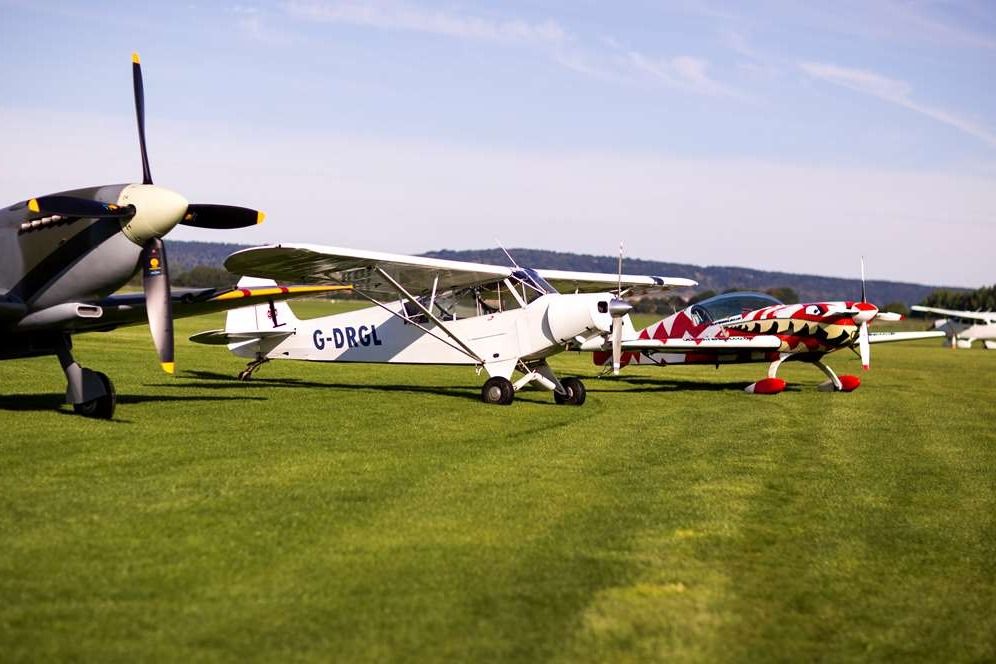
Related
What Is General Aviation?
All types of leisure flying are considered part of general aviation.
Interestingly, according to the Piper Flyer Association, the Clipper was priced at $2,995 in 1949, while the average four-seat airplane on the market at that time cost over $5,000. As a result, the Clipper was particularly popular with small families and business travelers who needed an affordable yet capable aircraft.
5
Piper PA-18 Super Cub
It remained in production for nearly 40 years
Also in 1949, Piper introduced another aircraft: the Piper PA-18 Super Cub. This aircraft was derived as a high-performance variant of the original Cub, and was produced from 1949 to 1983, and then again between 1988 and 1994.
The Super Cub featured a more powerful engine, flaps, and an electrical system, per the National Air and Space Museum. Known for its ruggedness and ability to operate in challenging environments, the PA-18 continues to be commonly found in roles such as bush flying, as well as banner and glider towing.
|
Specification |
Details |
|
Maximum Speed |
113 kts (130 mph / 209 km/h) |
|
Range |
400 nmi (460 miles / 740 km) |
|
Capacity |
1 crew, 1 passenger |
The Super Cub’s impressive performance capabilities, including its ability to operate from short and rough airstrips, have made it a popular choice for demanding applications. Its robustness and versatility have ensured its place as a legend in aviation history.

